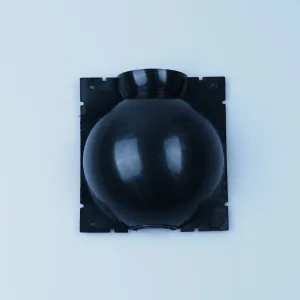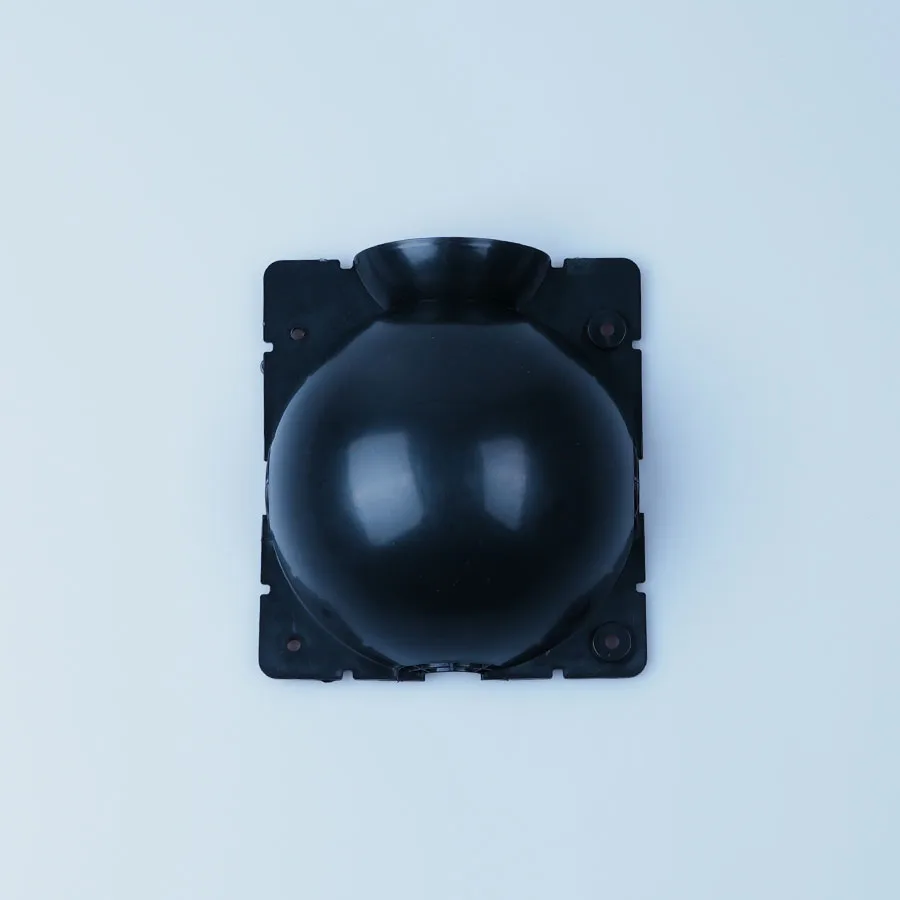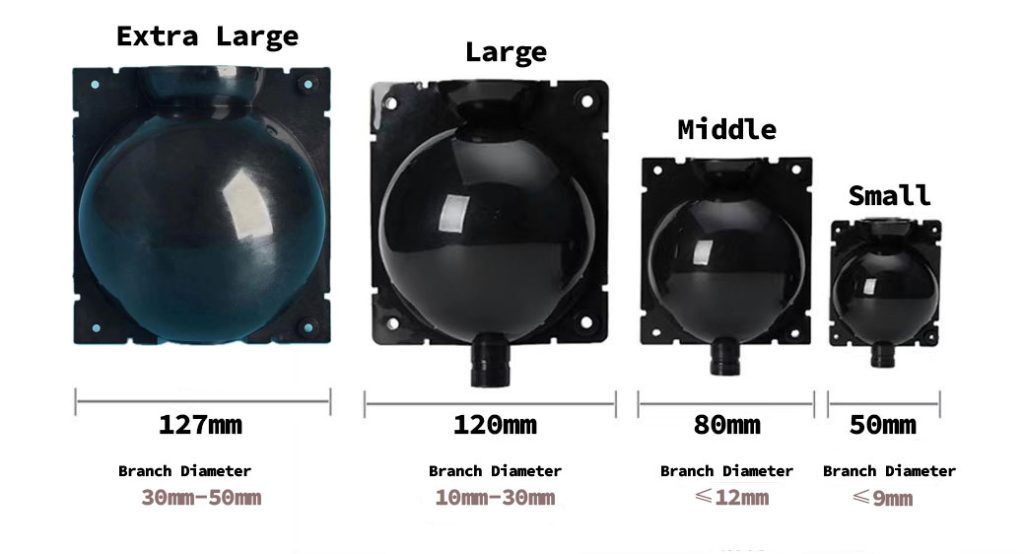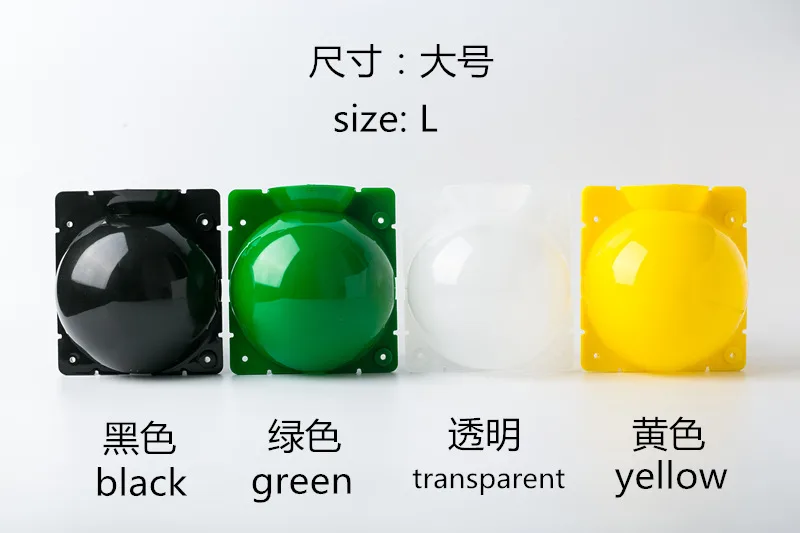








Home » Plant Rooting Ball
Plant Rooting Ball
Yocoyard designs and manufactures a wide range of high-quality, and cost-effective plant rooting balls. A plant rooting ball, also called a root starter, is a tool used in plant propagation. It helps encourage the growth of roots.
We are the source factory of plant rooting balls. Pls feel free to inquire with your required quantities, and we will offer you our best prices. Additionally, free samples are also available.







